Frequency range: 26.5- 28MHz SWR: ≤1.2:1 Max. power: 35W continuous 250W Short time Bandwidth at S.W.R. 2:1: 1900KHz Impedance: 50ohm Whip length: 1200mm Adjustment: 0~90° Cable Length: RG58/157" Po...
See DetailsHow does the phase and amplitude distribution of CB Antenna affect the stability and efficiency of the communication link?
In the field of modern communications, CB Antenna plays a vital role. It is one of the key devices to achieve long-distance communication, and its phase and amplitude distribution has a profound impact on the stability and efficiency of the communication link.
1. The impact of phase distribution on the communication link
Signal synchronization and interference suppression
The phase distribution determines the phase relationship between the CB Antenna transmitting and receiving signals. In the communication system, signal synchronization is crucial. If the phase distribution is uneven, it may cause the signal to shift in phase during transmission, thereby affecting the synchronization of the signal. This may cause the receiving end to be unable to correctly decode the signal and reduce the reliability of communication.
In addition, the phase distribution can also affect the interference suppression capability. By reasonably adjusting the phase distribution, the antenna can have better reception capabilities for signals in a specific direction, while suppressing interference signals from other directions. This is crucial to improving the stability of the communication link in a complex electromagnetic environment.
Multipath propagation and fading
In actual communication environments, signals often undergo multipath propagation, that is, the signal reaches the receiving end through different paths. Signals in different paths will have different phase delays, which may cause signal fading and distortion. The phase distribution of CB Antenna can affect the synthesis effect of multipath signals. If the phase distribution can be adjusted reasonably so that the multipath signals can enhance each other at the receiving end instead of canceling each other, the signal fading can be effectively reduced and the stability of the communication link can be improved.
2. The impact of amplitude distribution on the communication link
Signal strength and coverage
The amplitude distribution determines the strength of the signal transmitted and received by the CB antenna. A larger amplitude usually means a stronger signal transmission capability and receiving sensitivity. Therefore, a reasonable adjustment of the amplitude distribution can increase the signal strength and thus expand the coverage of the communication.
For example, by optimizing the design and layout of the antenna, the antenna can have a higher amplitude in a specific direction, thereby enhancing the signal strength in that direction and improving the reliability and efficiency of communication.
Power efficiency and energy consumption
The amplitude distribution also affects the power efficiency of the CB Antenna. If the amplitude distribution is uneven, the signal strength in some areas may be too high, while the signal strength in other areas may be too low. This will not only waste the transmission power, but may also cause interference to other communication devices.
By reasonably adjusting the amplitude distribution, the antenna can maximize the power efficiency and reduce energy consumption while ensuring the signal strength. This is especially important for portable CB devices and long-term communication systems.
3. Methods for optimizing phase and amplitude distribution
Antenna design and adjustment
By optimizing the design of CB Antenna, the control of phase and amplitude distribution can be achieved. For example, by using special antenna structure, material and size, the radiation characteristics of the antenna can be adjusted to improve the phase and amplitude distribution.
In addition, the phase and amplitude distribution can be optimized by adjusting parameters such as the installation position, direction and height of the antenna to improve the stability and efficiency of the communication link.
Signal processing technology
In addition to antenna design, signal processing technology can also be used to optimize the phase and amplitude distribution. For example, using adaptive filters, equalizers and beamforming technologies, the received signal can be processed to eliminate the effects of phase offset and multipath fading, and improve the quality and stability of the signal.
The phase and amplitude distribution of CB antennas have an important impact on the stability and efficiency of the communication link. By reasonably optimizing the phase and amplitude distribution, the synchronization, interference suppression capability, signal strength and power efficiency of the signal can be improved, thereby achieving more reliable and efficient communication. In practical applications, we can optimize the phase and amplitude distribution through various methods such as antenna design and signal processing technology to meet the needs of different communication scenarios.

 English
English Español
Español
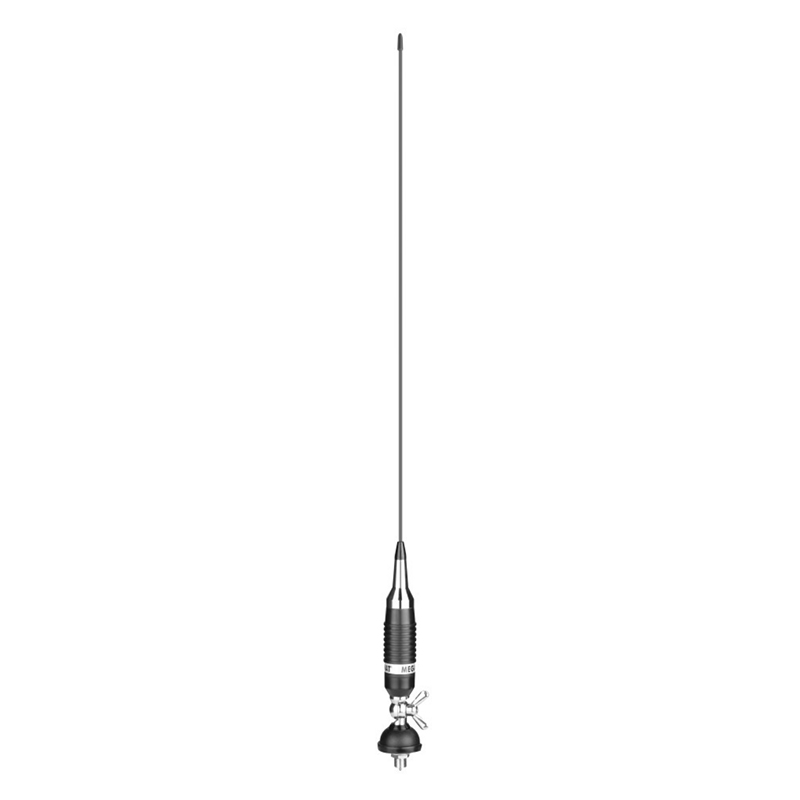
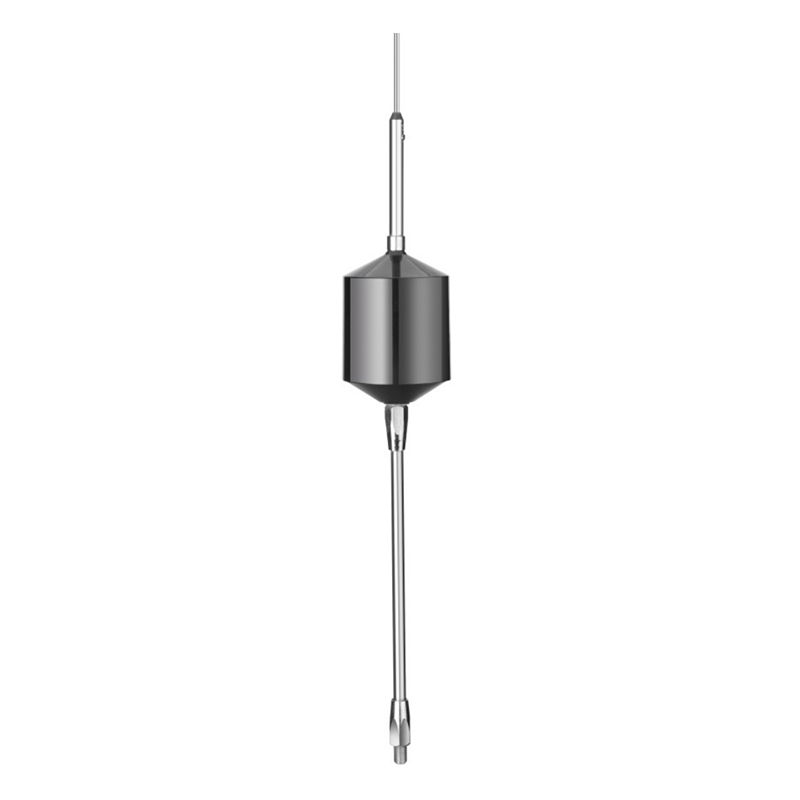

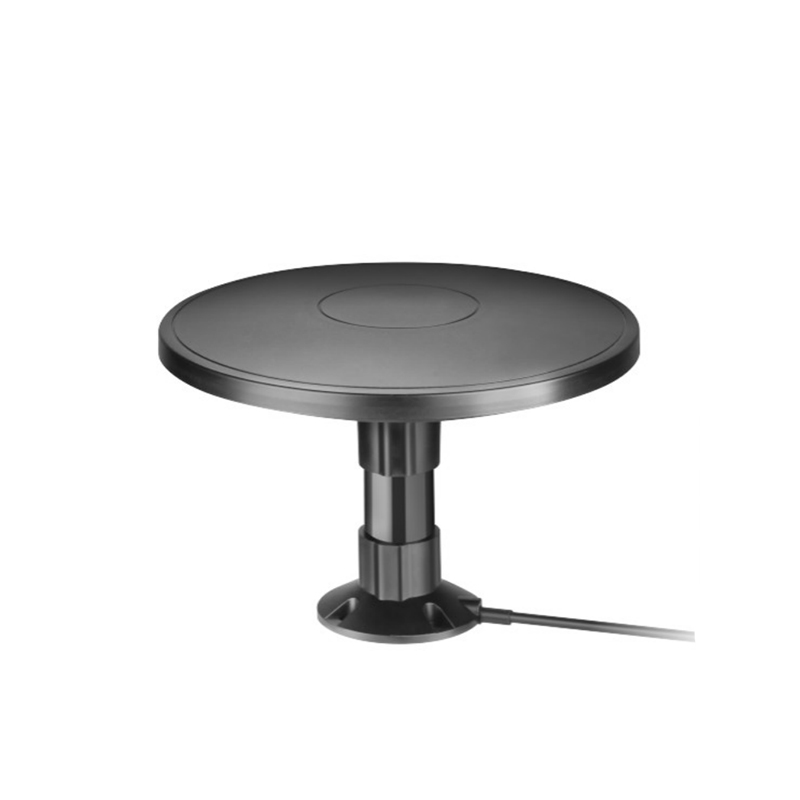
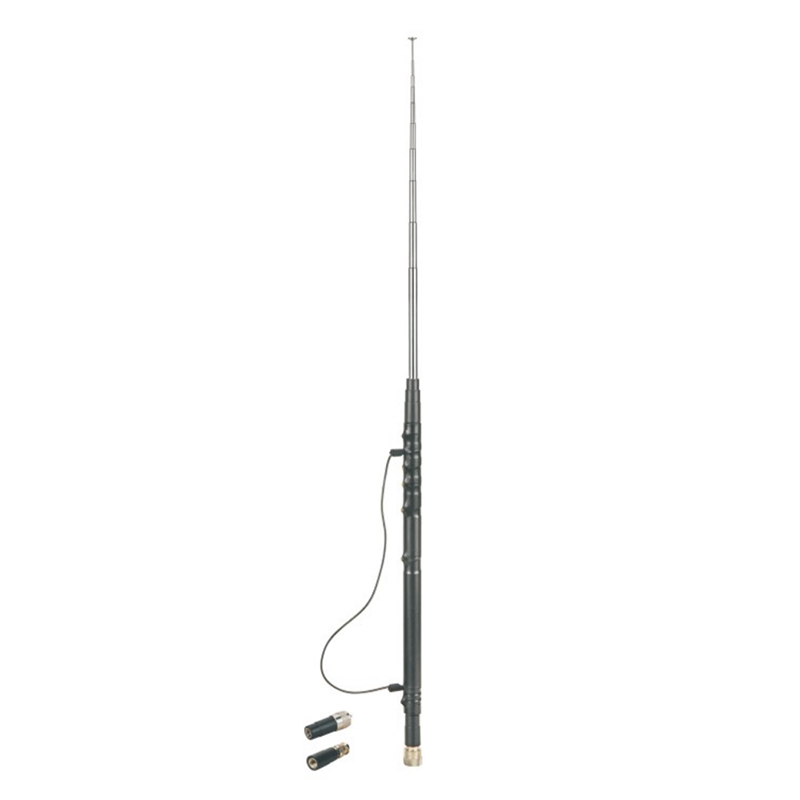

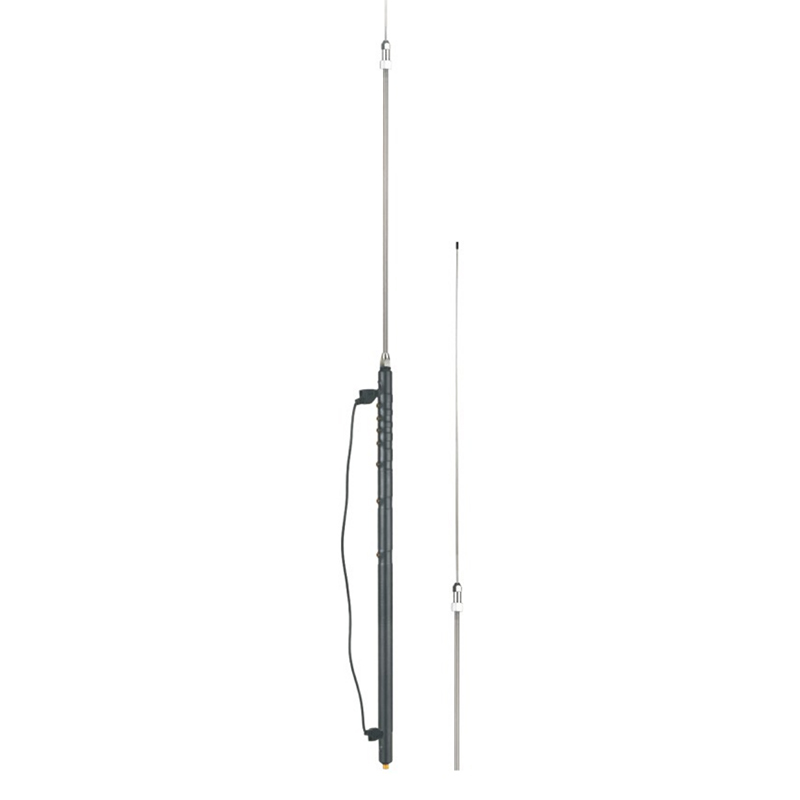
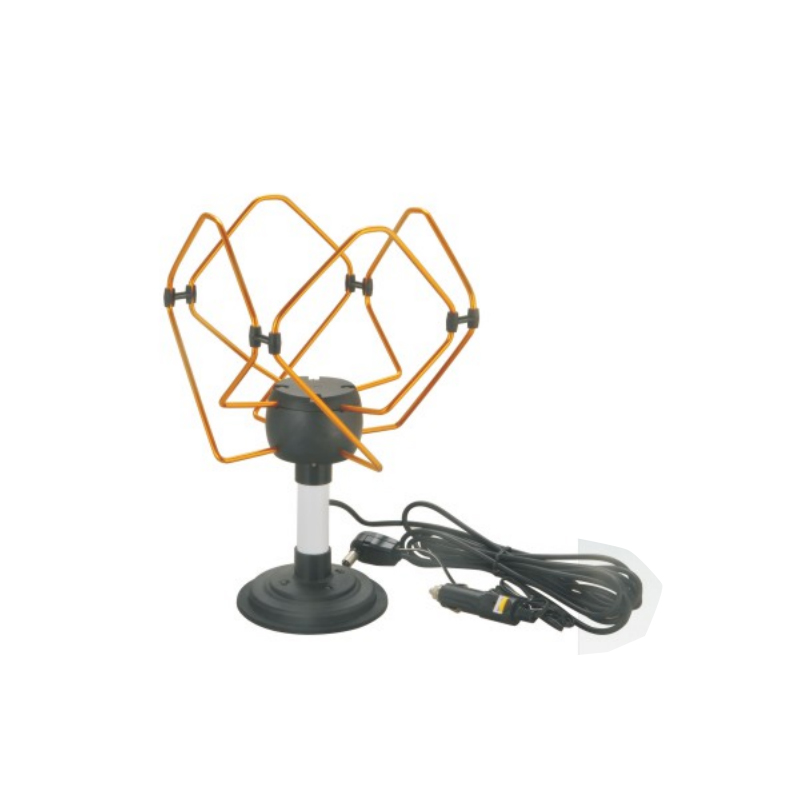
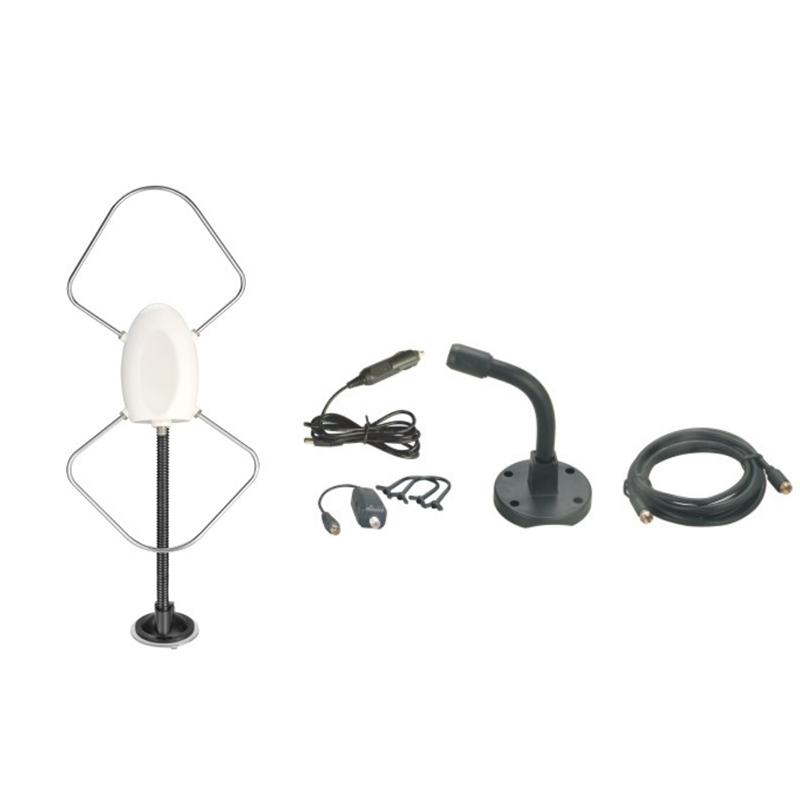
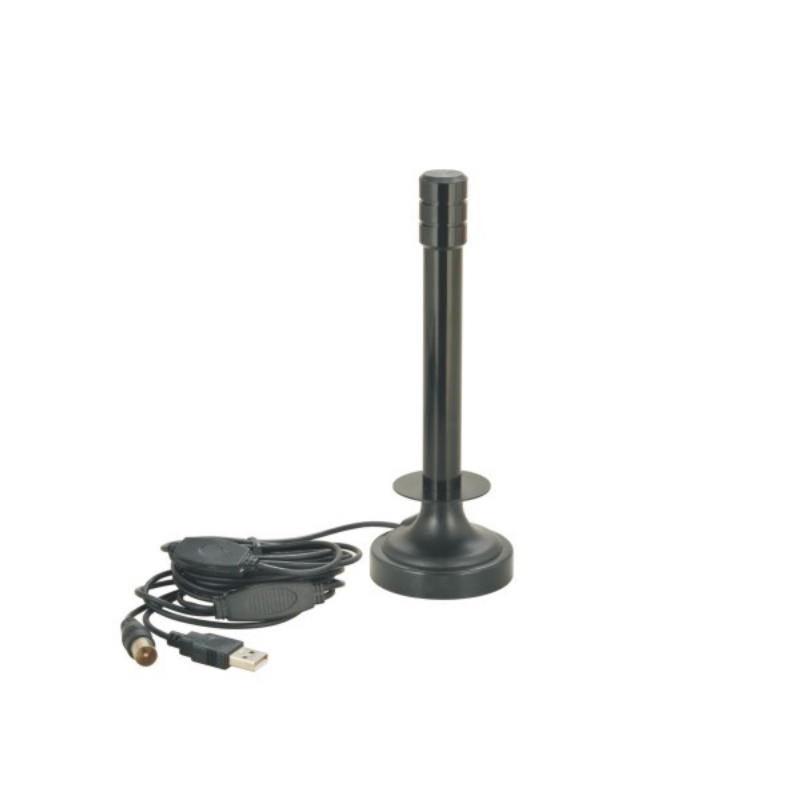
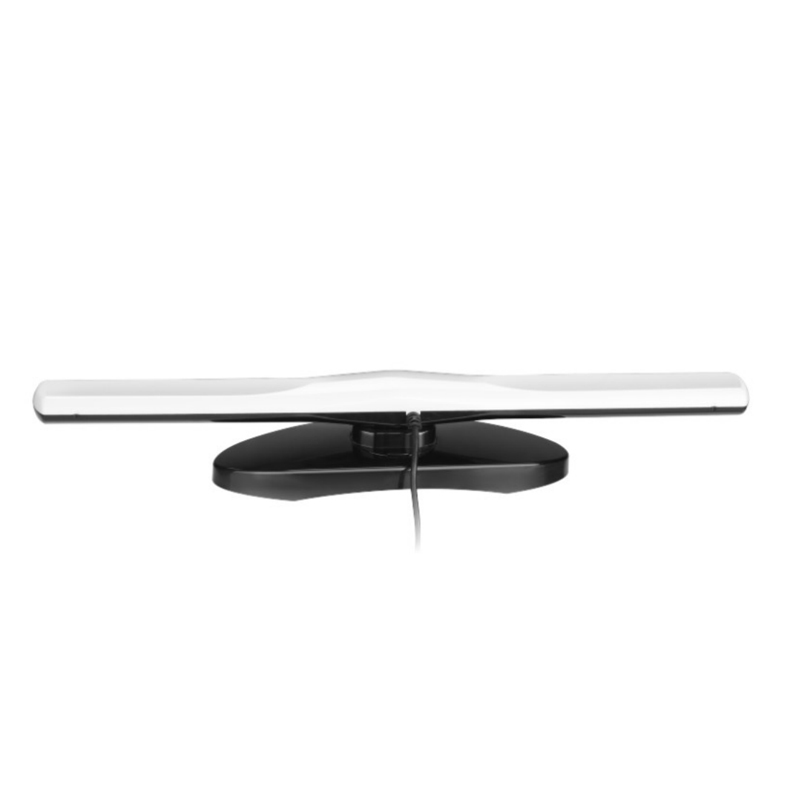
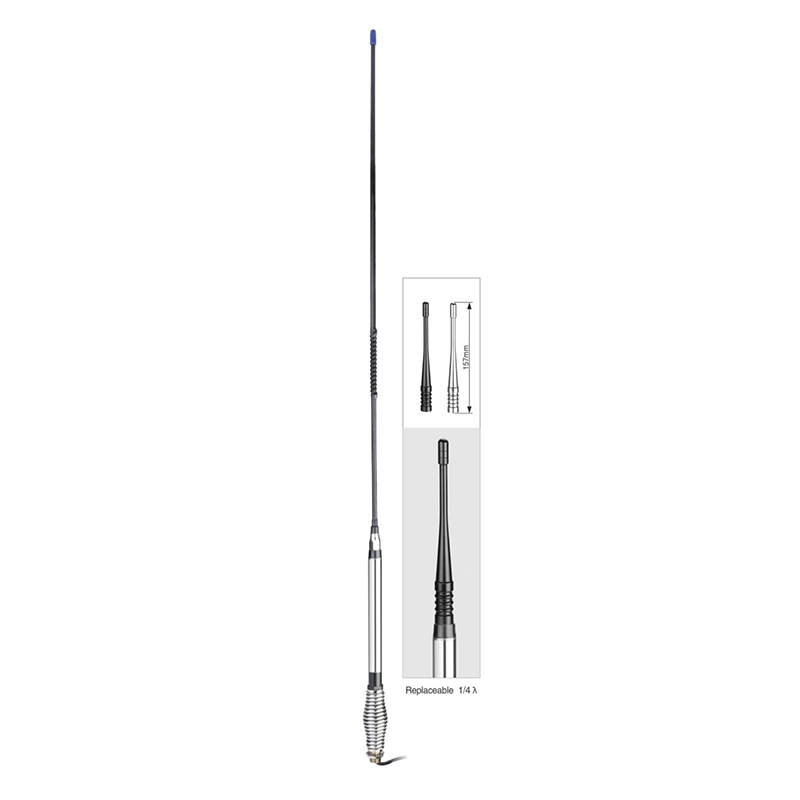

Contact Us